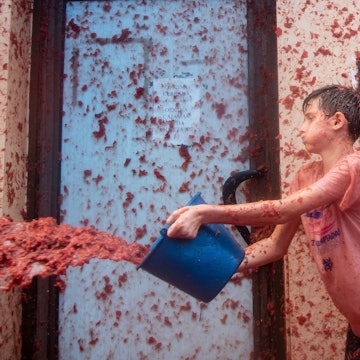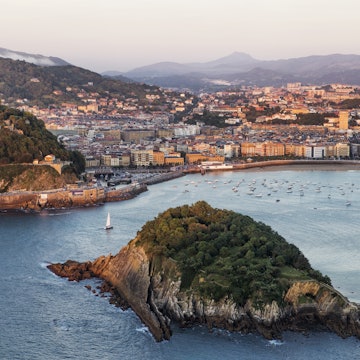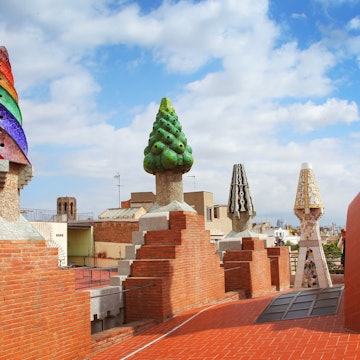

Spain's food festivals are a feast for the senses © Enrique Díaz / 7cero / Getty Images
Spain is one of the world’s top gastronomic playgrounds. The Spanish have a deep passion for food and wine and a rich culinary tradition, enhanced by diverse regional influences. It should come as no surprise that this Iberian destination has some of the most memorable food festivals on the planet.
Spain's foodie celebrations will mesmerise any gourmand worth their salt, and give you a hint of Spanish cuisine’s founding philosophy of going to the source and selecting the very best quality ingredients – whether that means onions or octopus – to be the star of every dish, without the need for too much elaboration.
Grow your appreciation of Spanish cuisine by building your trip around some of the country’s most delectable food festivals. Here’s a rundown of some of our favourite feasts, including some off-the-beaten-path local festivals that will satisfy your cravings for authentic cultural immersion. As the locals say, ¡Vamos a comer! – let's eat!

1. Festival Internacional de Queso, Trujillo
In the name of cheese! Set in the medieval town of Trujillo – which also happens to be the setting for the Game of Thrones spinoff series, House of the Dragon – this popular fest invites cheese disciples to indulge in the rich and varied flavours and aromas of this beloved dairy staple.
Occurring annually during “puente de mayo” – the long weekend at the end of April and start of May – the Trujillo cheese festival is a lively affair that attracts cheesemakers from all over the region. The town's historic streets are lined with stalls peddling artisanal cheeses, which run the gamut from soft and creamy and tangy and nutty to delightfully pungent. You can sample every kind of cheese you can imagine, and pair them with wine, condiments and fruits.
Planning tip: Accommodations get booked out early, especially for the long weekend, so reserve rooms in advance if you plan to stay in town overnight. Oh, and don’t leave without tasting the Torta del Casar, the most-prized cheese from the town of Cáceres.
2. Fiesta de la Rosa del Azafrán, Consuegra
As the fall approaches in October and November, the saffron flowers start to bloom, turning the fields of La Mancha purple. This is when the town of Consuegra – the heart of Spain’s saffron country – celebrates its annual saffron rose festival, honoring the tiny purple bloom that has fueled the region's economy ever since it was first introduced by the Moors over a millennium ago.
You can dance to folk music with townspeople in traditional costumes and even test your skills in saffron pruning competitions, but the order of the day is indulging in local dishes flavoured with saffron. Menus include popular regional dishes such as pisto manchego (mixed vegetable stew with cheese) and migas (sautéed bread crumbs mixed with olive oil, garlic and chorizo).
Planning tip: It’s worth checking out some of Consuegra’s top-rated restaurants such as El Alfar and El Retorno, which usually feature special saffron-infused dishes during the festival.
3. Gran Festa Calçotada de Valls
Catalans are proud of two things – their castells (human towers) and their calçots, a type of spring onion grown in the early winter months and harvested in the spring. Once a year, you can witness these two cornerstones of Catalan culture come together in a vibrant outdoor celebration.
During the calçot season between December and March, droves of Catalans head to the countryside for a calçotada, a grand barbecue where the onions are grilled over fire, wrapped in newspaper and eaten the traditional way by peeling away the charred exterior and dipping the cooked inner layers in a delicious romesco sauce made from tomatoes, olive oil, garlic and almonds.
The undisputed capital of calçots in Catalonia is the town of Valls, roughly 1½ hours by car from Barcelona. Celebrated on the last Sunday of January, the Gran Festa Calçotada de Valls gathers entire families and groups of friends, who munch calçots and enjoy lively eating competitions, cooking workshops and castell displays.
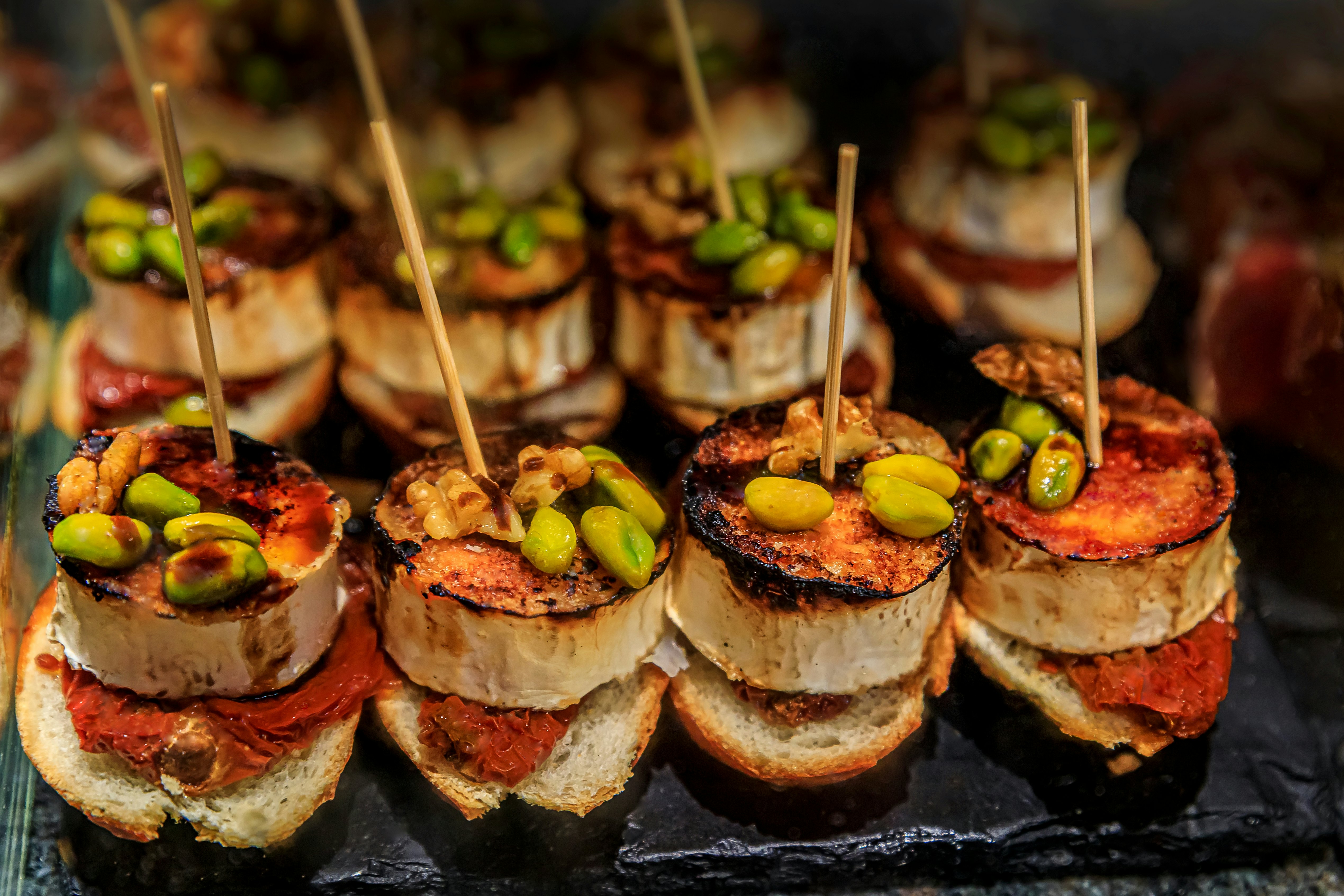
4. Feria de Santo Tomás Festival, San Sebastián
Held annually on December 21, the Feria de Santo Tomás Festival is the most anticipated festival in the Donostia (San Sebastián) calendar, marking the start of the Christmas festivities. Basques converge on the city streets in traditional attire, including iconic black txapela berets, to get their hands on the main attraction – txistorra, a semi-cured minced pork sausage, served off the grill in countless stalls dotting the streets of San Sebastián.
These meaty treats are traditionally wrapped in talos – corn-flour flatbreads resembling thick tacos, prepared by local women who churn them out nonstop during the festival. To wash it all down, there’s an endless flow of txakoli white wine and sidra (cider), keeping revellers celebrating into the early morning hours.
Local tip: Want to blend in with the locals? San Sebastián resident, Addaia Arizmendi, recommends swapping the wine that most tourists prefer during the festival for sidra. There's also no harm in donning a traditional txapela and zapia (neck scarf) as a nod to the days when Basque farmers in traditional garb convened in the town square to drink and eat after a busy day in the marketplace.
5. Festa do Pulpo de O Carballiño, Galicia
On the second Sunday in August, thousands of local and international visitors descend on the small town of Carballiño in Galicia to sink their teeth into the area's celebrated cephalopods. During the octopus festival, an average of 40,000kg of octopuses are cooked outdoors in large copper pots set up around the Parque Municipal.
The day’s special is pulpo á feira, Galicia’s signature dish of sliced octopus seasoned with olive oil, salt and paprika. Long shared tables are set up around the park, and people sit together for a seafood feast while enjoying live gaita (Galician bagpipe) tunes played by wandering troupes of musicians.
6. Tapapiés, Madrid
The proudly multicultural neighbourhood of Barrio Lavapiés in Madrid hosts residents from five continents, spanning 88 nationalities, and it plays host to this international celebration of tapas (small plates) every October.
Establishments along the main streets of Calle Argumosa and Calle Miguel Servet, and in the town squares of Arturo Barea, Nelson Mandela and Lavapiés, create an enticing tapas route featuring intriguing appetisers inspired by world cuisine.
For the modest price of €3, you'll get a tapa plus a caña (a small glass of draft beer), the perfect accompaniment to the cooling fall weather. Three winning tapas are selected as the pick of the festival, bringing great prestige to the participating establishments.
Local tip: This is a really fun and budget-friendly event to enjoy with a group of friends, but as the bars and streets get packed, it’s best to come early in the evening. This is also a good time to talk to establishment owners about the inspiration behind their tapas entries.
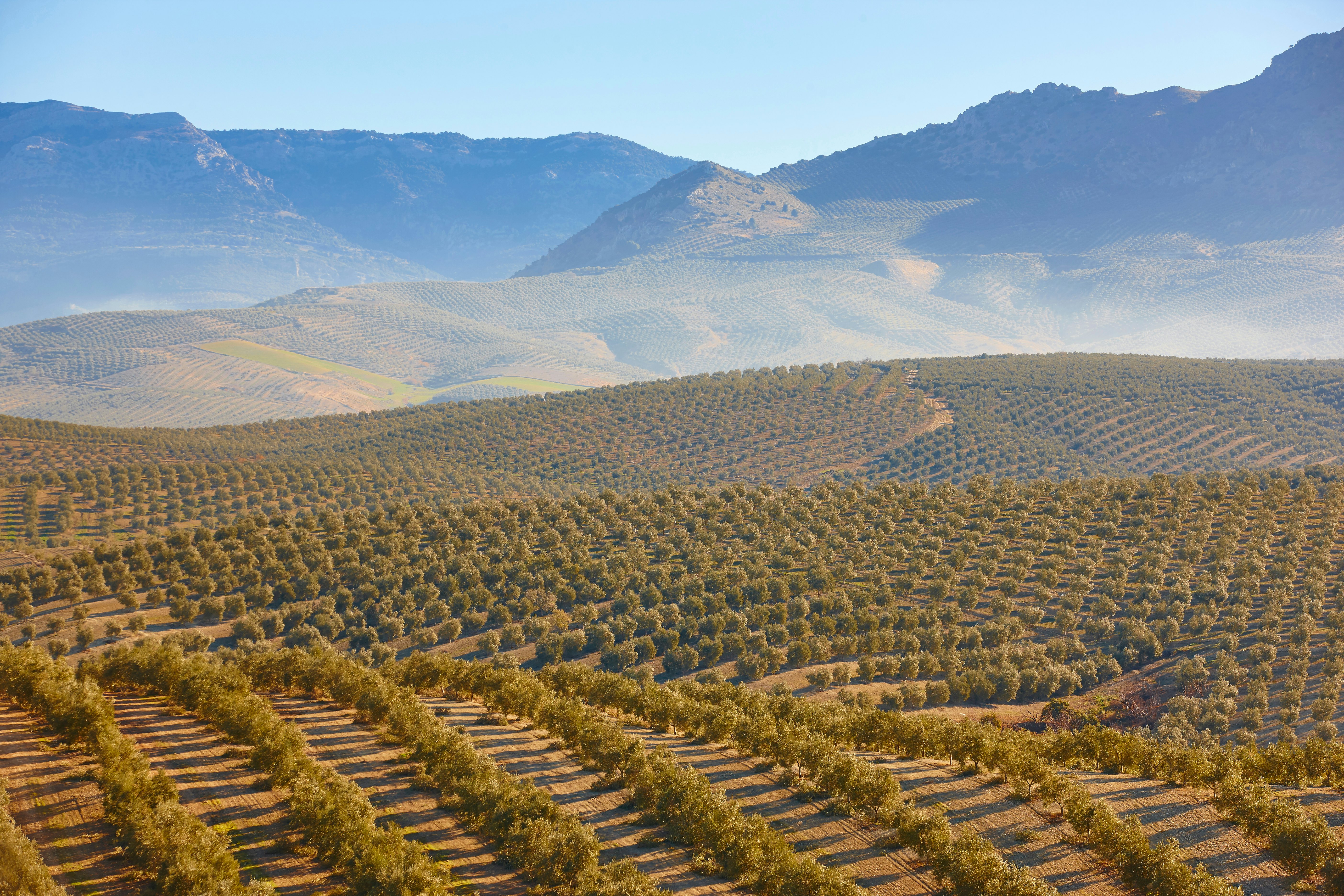
7. Fiesta de la Aceituna, Martos
The start of the olive harvest season on December 8 ushers in this foodie festival in Martos in the Jaen region of Andalucía, renowned for producing more olive oil than anywhere else in Spain. This little town in the cradle of Spain's olive country is ensconced on a hillside, offering scenic views of vast olive groves.
The festival is centred on the Plaza de la Constitución, which is electrified by outdoor concerts, olive oil pressing displays and flamenco performances. The main course? The humble hoyo (“hole”) – a hollow pit created in a piece of thick crusty bread and filled with olive oil. As the day progresses, locals form long queues to stock up on hoyos, plus pieces of bacalao (cod) and olives. Market stalls peddle artisanal olive oil products along with local cheeses, charcuterie and wine.
8. Semana Gastronómica del Atún, Barbate
Every May during the first full moon, fishermen in the small fishing towns of Cádiz set up nets along the Atlantic Coast to capture bluefin tuna, as part of a centuries-old tradition called almadraba, which can trace its roots to the Phoenicians more than three millennia ago. Quaint coastal towns along the Costa de la Luz – including Zahara de los Atunes, Conil de la Frontera and Tarifa – come alive to celebrate the tuna bounty.
The Semana Gastronómica del Atún takes place in the small, largely tourist-free town of Barbate, where the tuna trade dates back to Roman times. Stalls proudly offer the finest bluefin tuna, and restaurants compete to whip up the best tuna tapas plates. Over the course of a week, culinary enthusiasts get treated to cooking demonstrations, tastings and workshops, where tuna is the main protagonist.
9. Las Fiestas de la Vendimia y el Vino, Valdepeñas
The wine festival in Valdepeñas may not be on the tourist radar in quite the same way as the Rioja Wine Harvest Festival in Logroño, but this colourful little wine capital in Castilla-La Mancha rivals the top wine festivals when it comes to sheer love and passion for the grapevine.
All over the town, you’ll see the mark of Dionysus, with oak barrels serving as makeshift tables, massive Roman-era ceramic wine vats lining avenues, grapes painted along the main streets, and labyrinthine wine cellars underground.
Valdepeñas reaches peak grapevine worship as summer comes to a close. The annual wine festival animates the town for a week, starting on the first of September, as locals invite visitors to get “kissed by wine.” As the autumn harvest season gets underway, Valdepeñas erupts into revelry with daily wine and cheese tastings, outdoor concerts, sporting tournaments and art exhibitions.
A major highlight is the Túnel de Vino, a massive space where regional wineries gather under one roof to offer wine tastings. There’s even a dedicated wine bus shuttling gently inebriated guests to and from the centre of town.
Planning tip: Bring pocket money – many establishments prefer efectivo (cash) over credit cards. Most restaurants and bars mark the festival with special menus, but tables fill up fast so remember to book in advance.










